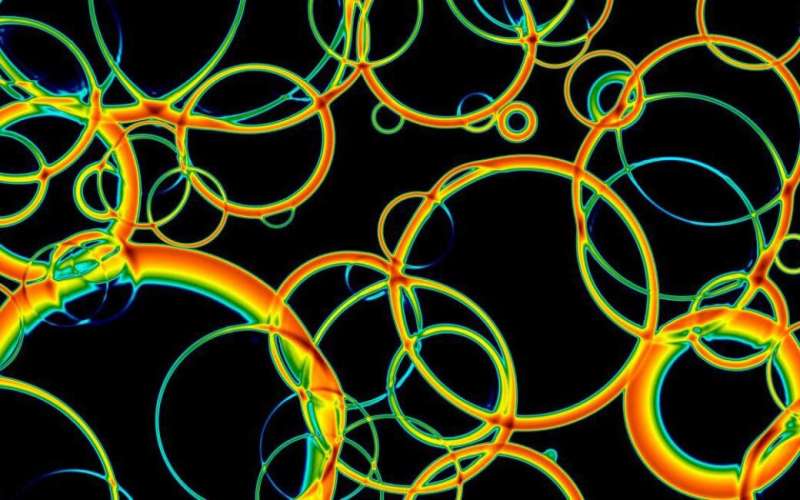Phase transitions in the early universe and their signals

Phase transitions, such as the boiling of water or the melting of a metal, are commonplace but fascinating phenomena that spur surprises decades after decades. They often occur as the temperature of a substance is changed, through the nucleation of bubbles of the new phase, which then expands. In the end, the new phase has taken over the whole container.
The early universe was composed of a hot plasma whose temperature decreased as the universe expanded. It is speculated by many physicists that a phase transition may have occurred soon after the Big Bang. This would then have lead to nucleation of bubbles and their subsequent collisions. Such collisions would create powerful ripples in spacetime which could be observed in planned gravitational wave detectors. The Laser Interferometer Space Antenna (LISA), with a provisional launch date in 2037, is one such probe that may be able to detect these early universe spacetime ripples.
However, describing early universe phase transitions has been challenging. The University of Helsinki researchers Oscar Henriksson, Mark Hindmarsh, and Niko Jokela, together with colleagues at the University of Oviedo and the University of Sussex, attacked this problem using a technique from string theory known as holographic duality. They showed how the duality can be used to map the problem to a more tractable one, and how the important quantities describing the bubble nucleation and the associated gravitational wave signals can be extracted.
In the future these new methods can be applied directly in more realistic scenarios, where the starting point would be a possible extension of the Standard Model of particle physics.
The results were published on March 29 in the journal Physical Review Letters. The group is also tackling the remaining obstacle, the computation of the bubble wall velocity, needed for the full first principles description of early universe phase transition and the imprint it makes on the gravitational wave spectrum.
The dark side of the universe: How black holes became supermassive
Fëanor Reuben Ares et al, Gravitational Waves at Strong Coupling from an Effective Action, Physical Review Letters (2022). DOI: 10.1103/PhysRevLett.128.131101
Citation:
Phase transitions in the early universe and their signals (2022, April 14)
retrieved 14 April 2022
from https://phys.org/news/2022-04-phase-transitions-early-universe.html
This document is subject to copyright. Apart from any fair dealing for the purpose of private study or research, no
part may be reproduced without the written permission. The content is provided for information purposes only.
For all the latest Science News Click Here
For the latest news and updates, follow us on Google News.

